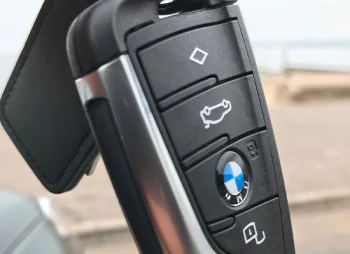How to make sure your fleet is compliant
Making sure your fleet is compliant with all the relevant legislation is one of the most important aspects of your job as a fleet manager.
Compliance covers everything from vehicle maintenance to record keeping to ensuring the health and safety of your drivers.
Neglecting any area of fleet compliance can result in severe financial penalties, and comprise how your fleet works and effectively how well your business is doing as a result.
And it’s more than just doing the bare minimum.
You need to be able to prove that you have taken all the necessary precautions to ensure the working environment is safe for all your employees, as well as ensuring all relevant documentation is kept up to date.
Creating a structured approach to your fleet compliance is the best way to make sure you have ticked all the boxes, and nothing has been left behind.








